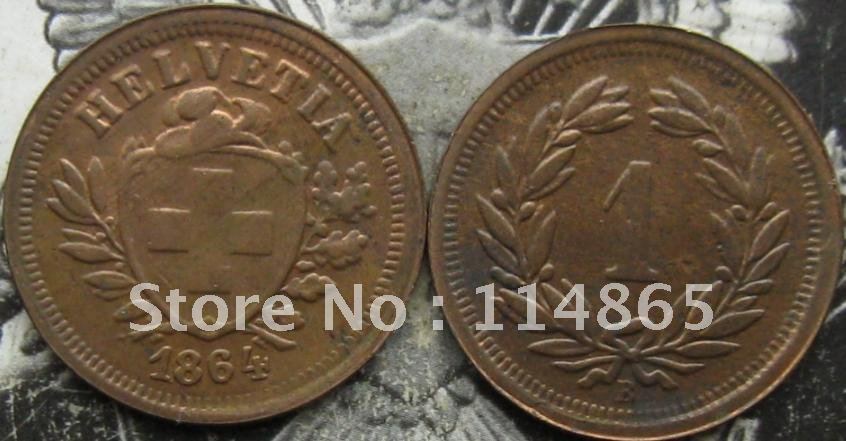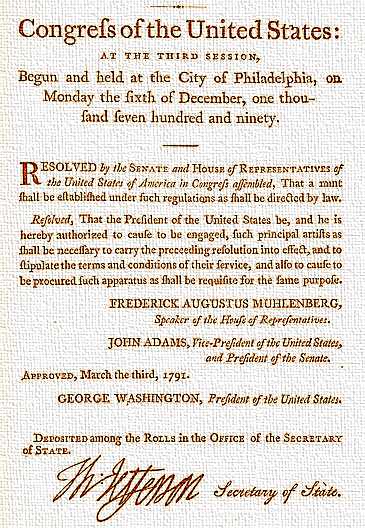

Scovill was an early industrial American innovator, adapting armory manufacturing processes to mass-produce a variety of consumer goods including buttons, daguerreotype mats, medals, coins, and tokens. The Scovill Company was established in 1802 as a button manufacturer and is still in business today. Usually valued at one cent, these tokens helped their issuers continue to do business until the practice of privately minted coins was banned by the Coinage Act of 1864. The Director of the United States Mint was directed to develop the designs for these coins for final approval of the Secretary of the Treasury. The coin is named after its designer, United States Mint Assistant Engraver George T. It contained 412.5 grains of 90 pure silver.
#1864 COINAGE ACT FREE#
Some retailers responded to the problem by minting their own coins. On ApCongress passed The Coinage Act of 1864, a United States federal law, changed the composition of the one-cent coin and authorized the minting of the two-cent coin. It was the first standard silver dollar minted since the passage of the Coinage Act of 1873, which ended the free coining of silver and the production of the previous design, the Seated Liberty dollar. These laws are codified every six years in the United States Code, but the Statutes at Large remains the official source of legislation. Mint developed the designs for these coins for final approval of the Secretary of the Treasury. The United States Statutes at Large is the collection of every law, public and private, ever enacted by the Congress, published in order of the date of its passage.

During the Civil War many people hoarded coins resulting in a shortage that made buying and selling merchandise difficult. The two-cent piece was authorized by Congress on April 22, 1864, by the Coinage Act. The Coinage Act of 1864 was a United States federal law passed on April 22, 1864, which changed the composition of the one-cent coin and authorized the minting of the two-cent coin. Chase, the phrase first showed up on the 1864 two-cent coin. From a historical perspective, the more important development was the birth of the phrase In God We Trust on U.S. Titus dry goods store of Trenton, New Jersey. The Coinage Act of 1864 changed the composition of the one-cent coin and authorized the two-cent coin. In the early 1860s Scovill Manufacturing Company of Waterbury, Connecticut minted this Civil War store card coin for the B.W.


 0 kommentar(er)
0 kommentar(er)
